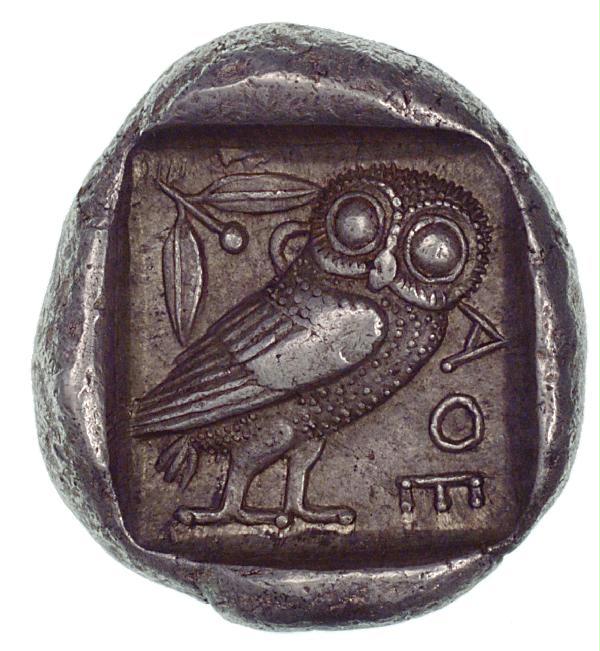The post featured an image from John Boorman's film Zardoz.
Here we see Zed (Sean Connery), now turned loose in the Vortex, going through the room of Arthur Frayn, who the viewer now knows is "Zardoz", and who had lured Zed to penetrate the community. The poem on the wall reads:
In this secret roomI've always thought there was much in the film Zardoz that suggests Michael Moorcock's Dancers at the End of Time trilogy, and I will make references to that trilogy here.
from the past
I seek the future
The inhabitants of the Vortex in the film compare to the members of the community at the End of Time. Arthur Frayn/Zardoz compares to Lord Jagged. And Frayn and Zed both compare to Jherek Carnelian.
The most interesting comparison, however, is thematic. Initially, I was thinking the film and the End of Time stories are about the loss of innocence, and there's certainly much to made of this theme. Closely related but also quite distinct from this theme, however, is the terrifically compelling representation of innocence itself. In these works even the loss of innocence is refracted through the prism of innocence. In Zardoz, in fact, the over-arching context is the world inside the "Tabernacle", which is actually a crystal--a prism. Death may be a theme, even a plot outcome, but it is not death qua death, but mere death-in-life, or, better, death as perceived by the living, moreover death as perceived by the innocent. Both the film and the trilogy are thus comedies (though I feel compelled to acknowledge that Boorman's "comedy" is more gritty, and much darker).
I am wont to take the film's title as underscoring the idea that the film is "about" Arthur Frayn--or the illusion Arthur Frayn creates about himself; that is, Zardoz. Never mind Frayn is not always present in the various scenes of the film, and is arguably a "minor character." He is nevertheless (and much like the Tabernacle super-computer) the origin, the architect, and finally the "interpreter" of everything that happens in the film. Zed, at last set lose to bring the community to its natural closure: to close (that is to release and open to nature) the Vortex, is the exponent of Frayn's realization of a larger context, his coming to an understanding of the natural world, and the revelation of the limitations and "imbalances" that are implicit in the Vortex, which is, as it were, a place of knowledge without wisdom, a continuum of survival without growth, a dream of sensation without feeling. In short, the Vortex is childhood.
Michael Moorcock's Elric is a figure paralleling Carnelian (and also Frayn and Zed) in many ways. While I am happy to acknowledge the considerable invention, stunning metaphysical contraptions, the gorgeous landscapes and architecture, and the exotic grotesqueries that make the Elric tales so engrossing, the one true phenomenon that approaches greatness in the stories is the representation of innocence and the imaginative license that this innocence makes possible. Along these lines: at the end of the day--or indeed at the end of time--what is it that makes Led Zeppelin songs stand as works of art? It is the presence and the action of innocence. And with that I refer back to the image of Zed stalking through the bedroom of Arthur Frayn--the bedroom, and underscore this, of Arthur Frayn the little boy.
Indeed, Frayn has drawn a mustache and a beard on his face with an eyebrow pencil, as would a little boy.





























No comments:
Post a Comment